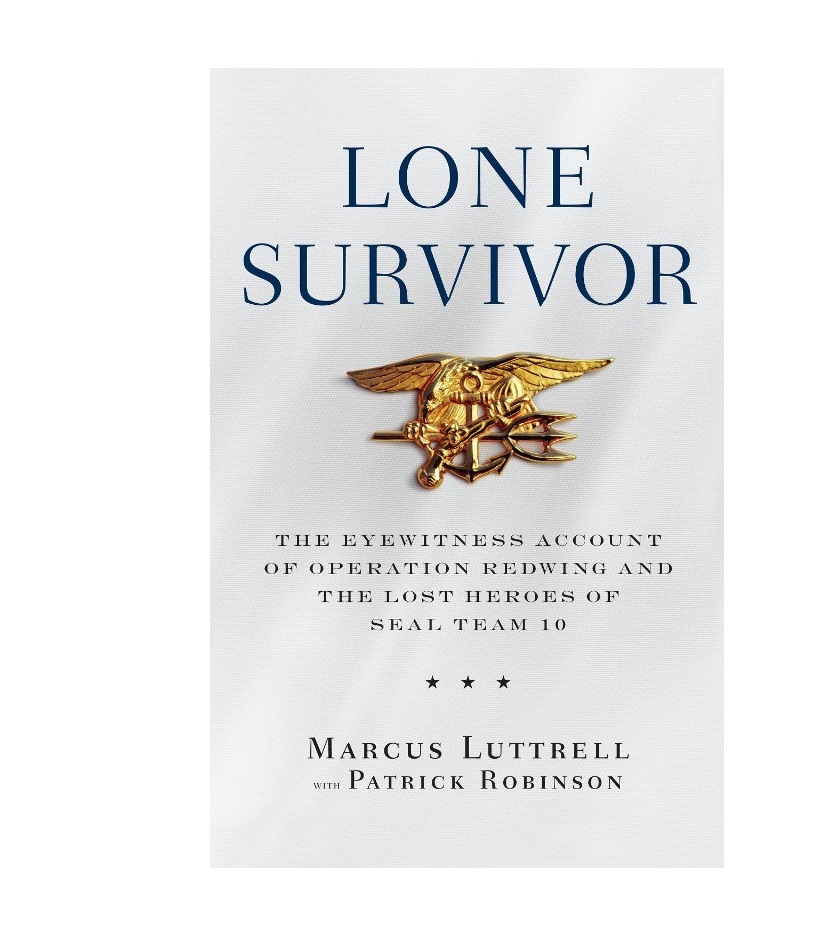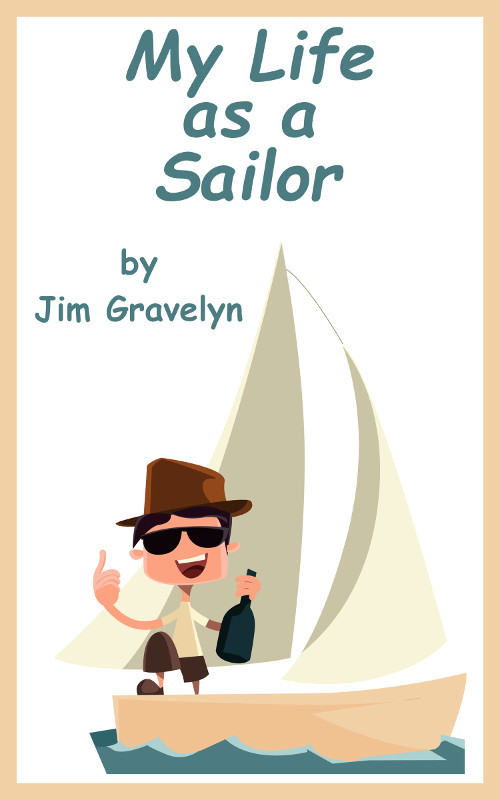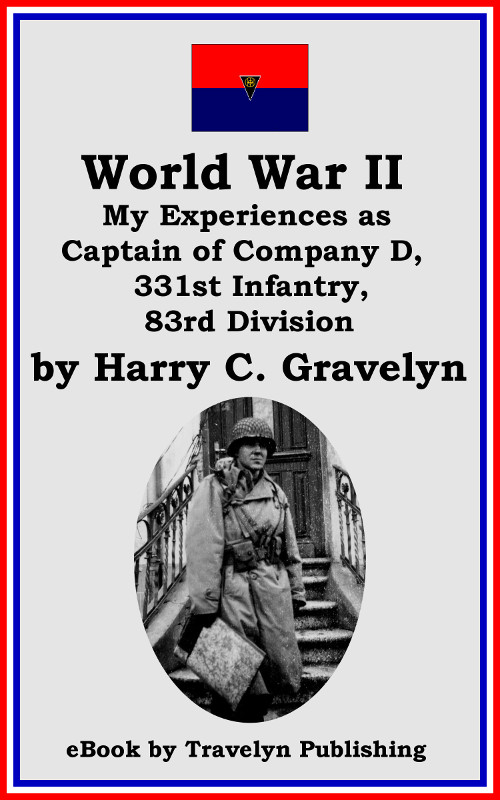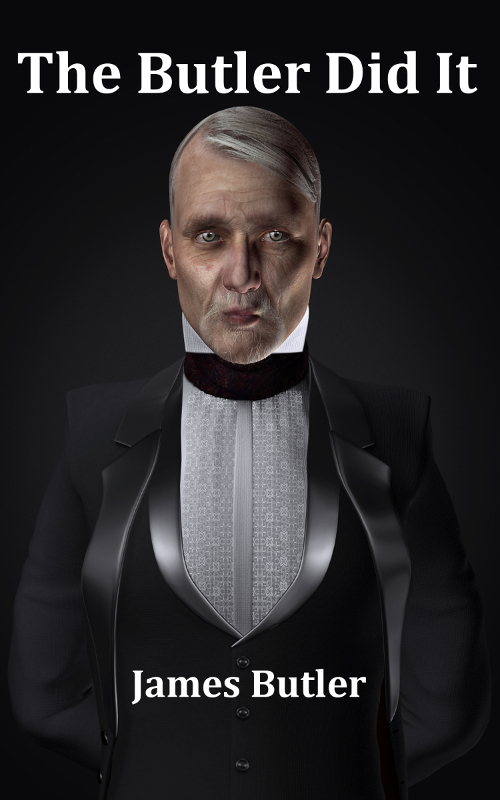Watching Lone Survivor with a WWII infantryman
January 24, 2014
 Yesterday, I took my 94-year-old World War II veteran father to see Lone Survivor, the current big hit at America’s movie theatres. I thought it would be interesting to give an old infantryman from a bygone era a glimpse of modern warfare and watch his reaction.
Yesterday, I took my 94-year-old World War II veteran father to see Lone Survivor, the current big hit at America’s movie theatres. I thought it would be interesting to give an old infantryman from a bygone era a glimpse of modern warfare and watch his reaction.I wasn’t sure what he’d say when I asked him to go. Dad doesn’t see too well out of the one eye that still sees anything at all and he doesn’t hear too well either. Like I keep telling him, he’s more than halfway to being Helen Keller. But when I asked, he was game. I think I know why.
 Even in a continent-wide war like World War II in Europe, with hundreds of thousands of men engaged on each side at a given moment, the actual front-line soldiers are a miniscule percentage of the overall army. Dad was a member of that miniscule percentage. From the beaches at Normandy to the Battle of the Bulge seven months later, he was a frontline soldier, crawling over hedgerows and tip-toeing through forests, looking through binoculars at Germans looking through binoculars back at him, watching both friends and enemies die suddenly right in front of him. Once he was even forward of the frontline. (That happened by accident. Luckily for me, he survived discovering the Germans were behind him.) What’s more, he was infantry. If there’s a fraternity amongst soldiers who’ve seen action in foreign lands, there’s an even tighter fraternity amongst the men who plod into action on foot. The grunts. Riding through a battle takes courage, too—whether aboard tank, plane, ship, chariot, horse, or elephant—but when it comes to war one thing has remained the same for thousands of years: until someone walks into the disputed territory and stands there on his feet, daring all comers, nothing has been accomplished. That’s what the infantryman does.
Even in a continent-wide war like World War II in Europe, with hundreds of thousands of men engaged on each side at a given moment, the actual front-line soldiers are a miniscule percentage of the overall army. Dad was a member of that miniscule percentage. From the beaches at Normandy to the Battle of the Bulge seven months later, he was a frontline soldier, crawling over hedgerows and tip-toeing through forests, looking through binoculars at Germans looking through binoculars back at him, watching both friends and enemies die suddenly right in front of him. Once he was even forward of the frontline. (That happened by accident. Luckily for me, he survived discovering the Germans were behind him.) What’s more, he was infantry. If there’s a fraternity amongst soldiers who’ve seen action in foreign lands, there’s an even tighter fraternity amongst the men who plod into action on foot. The grunts. Riding through a battle takes courage, too—whether aboard tank, plane, ship, chariot, horse, or elephant—but when it comes to war one thing has remained the same for thousands of years: until someone walks into the disputed territory and stands there on his feet, daring all comers, nothing has been accomplished. That’s what the infantryman does.It is the infantrymen’s lot to suffer the indignities—too cold or too hot, too dry or too wet, bad food or no food, poor planning, bad leadership, faces down in the mud, dirt, or sand trying to keep from getting heads shot off, bugs and filth in their underwear, everywhere itching, everywhere chafed, everywhere miserable—while getting little of the glory. The poor bastards who slogged through wet sand into enemy fire on foreign beaches or fought amongst the trees of the Ardennes Forest in the coldest winter of the 20th century: they’re the ones who won World War II. They’re always the ones who win the wars and they know it, so it’s a tight fraternity.
I think that’s why Dad went to the movie. He feels for those guys walking around Afghanistan wondering when a sniper bullet will take them out, or a shell land on their head, or an IED blow their legs off, because he’s been there in a sense. The snipers all missed and he avoided the booby traps German soldiers were fond of leaving behind when they retreated, but that shell eventually landed on his head, or at least near enough to matter—fortunately a mortar shell, not an artillery shell, or I wouldn’t be writing this.
Based on a book by Marcus Luttrell and his ghostwriter, Patrick Robinson, the movie version of Lone Survivor tells the story of four SEALs who were ambushed in the mountainous Pech District of Afghanistan’s Kunar Province. Luttrell was one of those four SEALs and the only one to survive. Hence the title.
Before getting into Dad’s reaction, there’s one negative about the movie that’s a pet peeve of mine: the shaky camera filming technique. If there is one feature of modern Hollywood that screams “Look, world, look how stupid we are!” it is the shaky camera technique, a cheap and talentless way of adding a patina of realism when the filmmakers are too incompetent to do so professionally. People too shallow to produce depth opt for patina. It’s irritating and nauseating. It prevents viewers from mentally losing themselves in the presentation because they’re too busy straining their eyes to follow the action and scrabbling at the seat in front of them for a vomit bag. Look at the three Bourne movies with Matt Damon: the first two were great entertainment, then they brought in some shaky camera moron for the third and it’s almost unwatchable. I don’t know who invented the shaky camera technique but whoever it was, his gravesite should be located, his body dug up and his rotten corpse drawn, quartered, and the parts stuck on spikes in the hillside below the HOLLYWOOD sign as a warning.
Anyway (deep breath), the shaky camera technique sucks and Lone Survivor uses it, unfortunately. What normally irritates, this time filled me with helpless rage because my half blind father was sitting next to me and I knew this would make his chances of following the action more difficult. Hollywood numbskulls!
Dad might be old but his brain still works fine. He zeroed right in on the weak points in the story and the mistakes by the SEAL team. “What’s that?” you ask. “A World War II vet thinks he knows more than a modern SEAL?” Yeah, well, he probably does. Think about it. The SEALs undoubtedly know more about special ops and can hold their breath longer but Dad experienced real all-out win-no-matter-what-you-have-to-do war.
First thing Dad said was, “Sending four guys in there by themselves was stupid. If the enemy leader is in that village they should just level it.”
“But Dad, they aren’t allowed to do that stuff anymore. Under Obama’s rules of engagement, they can’t even shoot back if there might—might—be a civilian in the line of fire.”
“Then they really aren’t willing to wage war and they should just bring the boys home.” From Dad’s mouth to the president’s ears: wage war or bring the boys home.
Then he started on the gunfight that fills a large time-chunk of the movie. As an infantryman, he knew it couldn’t have lasted that long. “How could they have that much ammunition?” he asked. The Taliban fighters in the movie were especially profligate with their ammo. Dad was thinking like a foot soldier: looking at the terrain where the action was taking place, he pondered carrying the necessary supplies for a running gunfight up and down those steep mountainsides and he concluded, “No way.”
I’m sure the length of the battle in the movie doesn’t reflect reality but is, rather, Hollywood embellishment. As was the number of Taliban arrayed against them and the number of Taliban killed. According to Luttrell’s official after-action report, there were 20-30 Taliban that day. The movie showed 50 of them lined up on a hill before the battle started, with more presumably in the surrounding woods. I’m not going to question the man who was there and survived but we have disparate Luttrell accounts to reconcile. Common sense and knowledge of the number of residents living in the area suggests the 20-30 range is more likely than the larger numbers, like 200, floated later.
The situation with the captured villagers is the most controversial part of the story. Shortly after arrival, the SEALs are discovered by goat herders—two men and a boy—from the enemy village they are reconnoitering. The three locals are quickly captured by the SEALs. After a discussion about what to do with them, the SEALs cut them loose. Many people are highly critical of the notion that soldiers would have a discussion. Dad didn’t think it was bizarre at all. Good commanders talk to their men—there’s nothing wrong with talking so long as everyone remembers it’s the commander’s decision in the end, not a democracy, and that’s what happens in this case.
Releasing the goat herders leads inevitably to the village coming after them in force and the tragic loss of three of the four SEALs plus 16 more men (8 Navy SEALs and 8 U.S. Army Special Operations aviators) when a helicopter is shot down during a rescue attempt. Dad couldn’t understand why they cut the goat herders loose.
Mind you, my father defied direct orders from High Command in a similar situation. In Europe during World War II, American soldiers were ordered to execute Germans found wearing any part of an Allied uniform but, when his company captured two teenage German soldiers in parts of American uniforms, he decided they were too young for execution. He ordered them taken to the rear as prisoners instead. Dad isn’t a bloodthirsty man. He is a man with common sense. Why not tie the goat herders up and leave them while you work your way to higher ground for extraction? Three men tied together will almost certainly work themselves loose eventually and even if they don’t the villagers will come looking for them sooner or later. Meanwhile, the SEALs would have plenty of time to get out of the area.
Dad also doesn’t understand why the SEALs stopped to rest before they got high enough for radio contact. It’s while they’re resting that they get ambushed. They’re SEALs—endurance is supposed to be their forte, right? So why stop and lie down when you know, almost for certain, a whole village of Taliban is chasing you?
The ability to communicate was fascinating to Dad. At their base prior to the mission they were chatting via the Internet with wives and girlfriends 7,000 miles away at home in the States which seemed truly wondrous to a man who said goodbye to his wife when he went off to war and didn’t talk to her again until a hospital ship brought him into New York a year later. During combat, World War II infantrymen had radios (“field phones”) that almost never worked and they had to crank a handle to generate current the whole time they were talking. Every time Dad talks about those radios, his voice drips with disgust. They used German radios when they found them because they were so much better. Company headquarters strung wire at night for communication purposes, then rolled up the wire the next morning when they changed locations. Watching SEALs in the midst of live action talking to each other via earpieces and hands-free microphones seemed pretty cool to Dad—it sure beats slapping the nearest guy on the shoulder and ordering him to deliver a message in the middle of a firefight. The fact that the four SEALs had two different ways of communicating with their base, across mountains and God-knows-how-many miles, well, that’s almost unbelievable to a World War II vet.
But Dad wasn’t too surprised when neither method of communication worked at crunch time. SNAFU is practically the infantryman’s motto.
Hopefully this isn’t coming across as a negative review of the movie. Other than the stupid shaky camera business, the movie is thoroughly entertaining, better than 99% of the crap Hollywood produces. The story is great, there’s more truth than Hollywood embellishment, Marcus Luttrell is a bona fide hero, it’s good to know there are Afghans who can be counted as allies, and the ending is uplifting even if they embellished reality a little bit again. That’s what Hollywood does with every true story: get the facts wrong. You can’t be disappointed in something you expected ahead of time.
Dad enjoyed it. What else matters? He even told me the next day that he dreamed about the movie so mission accomplished. I’d love to see Dad and Marcus Luttrell sit down together and trade stories for an hour or two. Talk about interesting—who wouldn’t want to be a fly on that wall?
“When you’re wounded and left on Afghanistan’s plains,
and the women come out to cut up what remains,
jest roll to your rifle and blow out your brains
and go to your gawd like a soldier.” —Rudyard Kipling
“My dad was my best friend and greatest role model. He was an amazing dad, coach, mentor, soldier, husband and friend.” —Tiger Woods
From Grand Rapids, Michigan, USA Tweet
comments powered by Disqus













